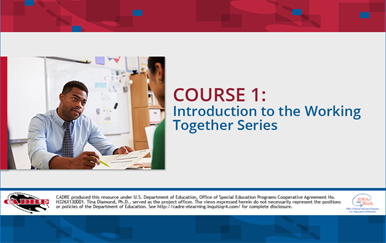Defines special education mediation as “a process whereby the parties in dispute work towards a resolution with the help of a neutral third party, the mediator.” Defines roles of parties and mediator in the process. Lists advantages of mediation: parties control outcome, encourages them to work together, allows for more creative solutions, solutions implemented more rapidly, agreement will more likely be followed because it is satisfactory to both parties, builds or repairs long-term relationship between parties. Author explains the mediation process. California data from 2000: of 2000+ requests for due process hearing, 97% went through mediation and most were resolved. Less than 100 actual hearings were needed. Mediation for sped. disputes has been available in CA since 1980, and is now the primary method used to resolve them. Data comes from Gail Imobersteg, Evaluation Study of Special Education Dispute Resolution Issues in California, Final Report.
Source
UC Davis Journal of Juvenile Law and Policy
Volume
5
Page Numbers
239-244
Body

